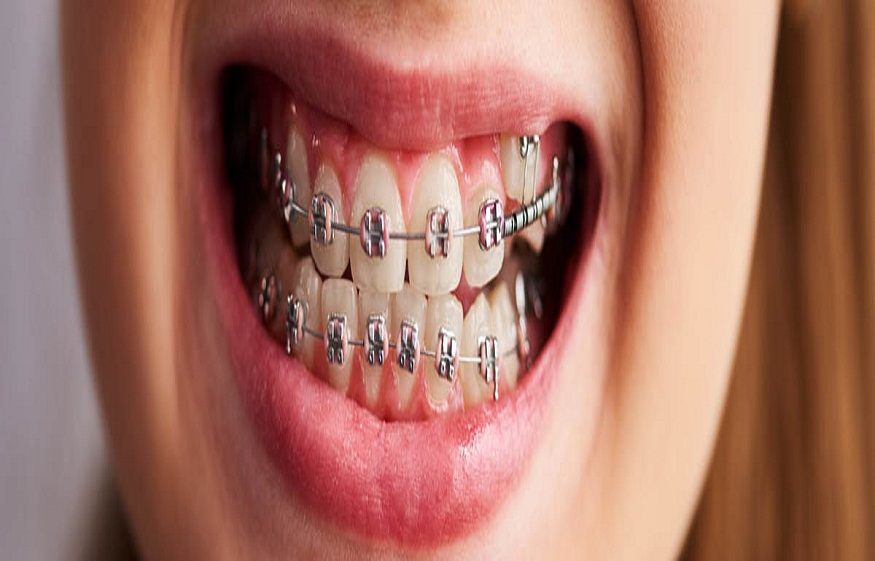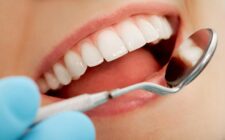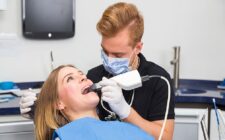Properly aligned teeth and jaws are considered to be the building blocks of good oral health and a beautiful smile. As Dr. Kami Hoss says, right from improving one’s ability to chew and bite to treating pain, orthodontic treatment helps manage a number of concerns. Orthodontic treatments typically involve a series of dental procedures that help correct misaligned teeth, jaw, and bite problems. The goal of such treatment is to create an attractive and healthy smile that can last a lifetime.
Dr. Kami Hoss provides insight into some of the most common orthodontic procedures and treatment
Orthodontic procedures imply to the branch of dentistry that focuses on correcting misaligned teeth and jaws in order to improve the oral health and appearance of individuals. Orthodontic treatment can help people achieve a straighter, healthier smile while also correcting issues like overcrowding, underbites, and overbites. Having straight teeth is not only vital for cosmetic reasons, but also for the health of the gums and teeth. Misaligned teeth may lead to multiple dental issues like gum disease, tooth decay, and tooth loss. Orthodontic procedures would help prevent such concerns and provide individuals with an attractive smile.
Here are a few of the most common orthodontic procedures and treatments:
- Braces: Braces are used for correcting a wide variety of dental problems, like underbites, overbites, as well as crooked or misaligned teeth. Traditional brace consists of brackets that tend to be attached to the teeth, and wires that are used to apply pressure to the teeth in order to move them into the correct position. Braces can be of several types, like metal, ceramic, and lingual braces.
- Invisalign: Invisalign are a type of plastic trays that fit over teeth and gently move them into place. They do not have metal parts that might cause discomfort. Invisalign is removable, and hence, one can take it out while eating or brushing.
- Retainers: Retainers are generally used to maintain the position of the teeth after an orthodontic treatment is completed. They are ideally worn for several months or even years to make sure that the teeth do not shift back to their original position. Retainers can be removable or fixed.
- Palatal expanders: Palatal expanders are used to widen the upper jaw in order to correct issues like a narrow palate or crowding of the teeth. Palatal expanders are most commonly used in children. Fixed palatal expanders are attached to the teeth and cannot be removed by the patient. On the other hand, removable palatal expanders can be taken out for cleaning. Palatal expanders work by applying pressure to the teeth and upper jaw, widening the palate over time. They are generally worn for several months or years, depending on the severity of the issue.
In the opinion of Dr. Kami Hoss, orthodontic procedures typically align the teeth and improve the bite. These procedures are usually quite extensive, and take several years. However, they are definitely worth it in the long term. Subsequent to an orthodontic treatment, everyday tasks like chewing, biting, flossing, and taking care of the teeth generally become easier.




